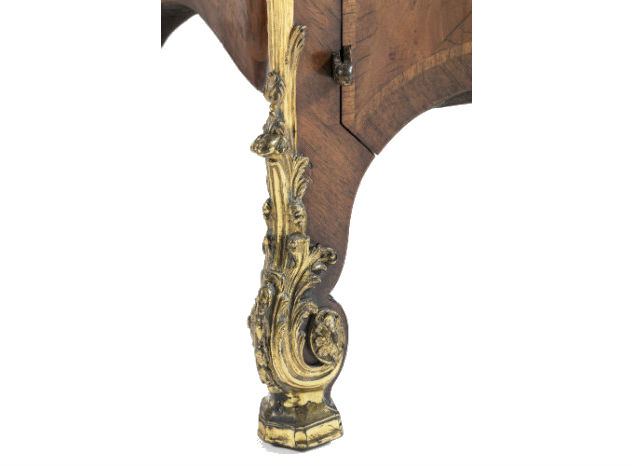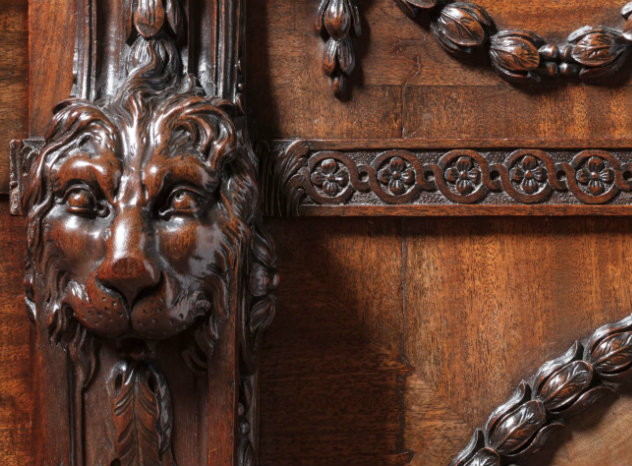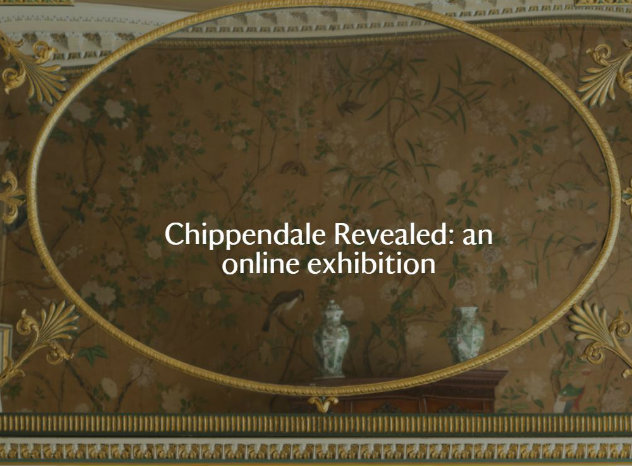Chippendale’s bills provide a wealth of detail about the metal fittings mounted on the furniture he supplied: many of these fittings remain attached in their original positions.
Escutcheons and handles were both utilitarian and decorative. Usually made of brass they were often lacquered, or even gilded, designed to catch and reflect candlelight. Locks and the keys which fitted them secured valuables, but could also be highly decorative, beautifully wrought and finished. Castors were fitted to enable furniture to be moved but could also provide much-needed stability for furniture on uneven 18th-century floors.
The most expensive pieces of furniture were fitted with the finest quality metalware (Sabine Winn’s clothes press was fitted with ‘best wrought handles’) but more utilitarian furniture bore plainer and thus cheaper counterparts. [1]
Some of these fittings are illustrated here, grouped thematically and, where possible, displayed chronologically within groups. Mainly fitted to pieces of furniture which can be dated to a particular year, this gallery is designed as a point of reference for what patterns, grades and types of metal fittings were in use in Chippendale’s workshop, and when.
Marks found on the furniture - usually on the back of drawers - are also illustrated here.
Explore the galleries
Notes
[1] 30th June 1767. L. Boynton & N. Goodison, ‘Thomas Chippendale at Nostell Priory’ in Furniture History 4 (1968), 43 and C. Gilbert, The Life & Work of Thomas Chippendale (2 Vols., London, 1978), Vol. I, p. 185.


